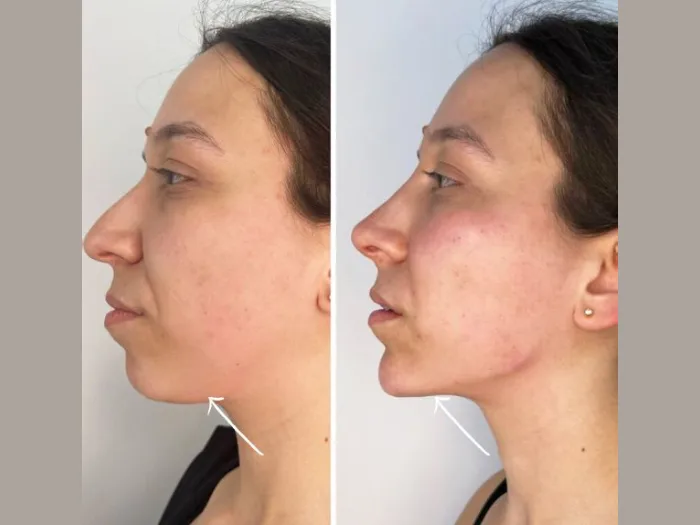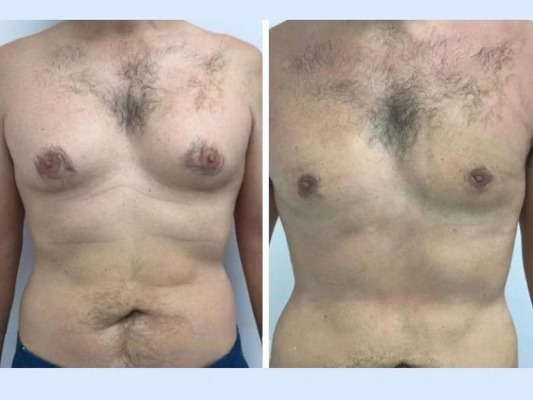Dark circles under the eyes are a common cosmetic concern that can make you look tired, aged, or stressed. While lack of sleep is often blamed, several other factors contribute to their appearance. Fortunately, modern dermatology and aesthetic medicine offer effective solutions to reduce or eliminate them. If you’re seeking professional Dark Circles Treatment In Dubai, specialized clinics provide advanced procedures tailored to your skin type and concerns. Below, we explore the causes of dark circles and the most effective treatments recommended by doctors.
What Are Dark Circles?
Dark circles are discolorations or shadows that appear beneath the lower eyelids. While often seen as a cosmetic problem, they can stem from multiple physiological, genetic, and lifestyle-related causes. Their appearance varies—some people experience bluish shadows, while others develop brownish or purplish pigmentation.

What Causes Dark Circles?
Understanding the cause is the first step toward effective treatment. Here are the most common contributors:
Genetic Predisposition
Dark circles often run in families. If your parents have naturally darker under-eyes, you may inherit the same trait due to thinner skin or increased melanin around the eyes.
Aging Process
As we age, the skin becomes thinner and loses collagen and fat. This natural decline exposes the blood vessels beneath the eyes, making them more noticeable and contributing to a hollowed, darker appearance.
Hyperpigmentation
Some individuals suffer from periorbital hyperpigmentation, where excess melanin forms in the skin around the eyes. This type is more common in people with medium to dark skin tones.
Vascular Issues
Poor blood circulation or dilated blood vessels beneath the eyes can cause a bluish or purplish hue. This is particularly noticeable in people with very fair skin.
Sleep Deprivation and Fatigue
Lack of sleep causes fluid retention and dull skin tone, making dark circles appear more pronounced. Puffy eyelids can also cast shadows under the eyes, creating the illusion of darker skin.
Eye Rubbing and Allergies
Chronic eye rubbing due to allergies or dryness can break blood vessels and thicken the skin around the eyes, leading to inflammation and discoloration.
Lifestyle Factors
Smoking, excessive alcohol consumption, and an unbalanced diet can impair blood circulation and skin regeneration, intensifying under-eye darkness.
How Dermatologists Fix Dark Circles: The Professional Approach
Board-certified dermatologists do not rely on one-size-fits-all methods. Their treatment strategy is personalized and multi-layered, based on diagnostic evaluation. Here’s how professionals address the different causes of dark circles:
Treating Pigmentation with Laser Therapy
For dark circles caused by excess melanin, dermatologists often recommend laser therapy. Lasers like Q-switched Nd:YAG target melanin without damaging surrounding tissue. These treatments stimulate collagen while breaking down pigment particles, resulting in brighter, even-toned skin.
Platelet-Rich Plasma (PRP) Therapy
PRP uses the patient’s own blood to stimulate skin regeneration. When injected into the under-eye area, it enhances collagen production, tightens the skin, and improves blood flow. The result is a fresher, rejuvenated appearance that diminishes dark circles over time.
Dermal Fillers for Volume Loss
If dark circles are due to tear trough hollows or fat loss, hyaluronic acid-based fillers are used to restore volume. This smoothens the under-eye transition and reduces shadowing, instantly brightening the eye area.
Chemical Peels
Light chemical peels formulated specifically for the delicate under-eye area are used to exfoliate the skin, reduce pigmentation, and stimulate new skin cell growth. Dermatologists choose peels with the right depth and composition for safe, effective treatment.
Microneedling with Serums
Microneedling improves skin texture and allows better penetration of targeted serums. When combined with brightening agents like vitamin C or tranexamic acid, it reduces pigmentation and stimulates collagen.
Vascular Laser Treatment
For dark circles caused by visible blood vessels, vascular-specific lasers such as pulsed dye lasers are used to reduce redness and blue undertones. These lasers shrink dilated vessels and minimize discoloration without damaging skin.
Skin Tightening Procedures
Radiofrequency and ultrasound-based treatments help tighten loose skin under the eyes. By stimulating collagen deep within the dermis, they firm the area, reducing puffiness and shadowing.
The Benefits of Choosing Dermatological Treatment
Opting for a medical-grade treatment plan designed by dermatologists offers numerous advantages:
-
Precision Diagnosis: Doctors identify the underlying cause—pigment, volume loss, or vascular concerns—before tailoring the treatment.
-
Long-Lasting Results: Medical treatments provide sustained improvement rather than temporary masking.
-
Non-Surgical Yet Effective: Most methods are non-invasive or minimally invasive, with little to no downtime.
-
Safety First: Dermatologist-administered treatments come with professional expertise, sterile environments, and personalized care.
-
Improved Skin Quality: Treatments not only reduce dark circles but also rejuvenate the under-eye area, improving texture, elasticity, and overall radiance.
Why Choose a Dermatologist for Dark Circles Treatment?
Dark circles are a multi-factorial issue, and treating them effectively requires more than just topical creams or home remedies. Dermatologists provide:
-
In-depth consultation and skin analysis
-
Access to advanced medical technologies
-
Customized care plans specific to skin type and cause
-
Ongoing monitoring and professional advice
Their comprehensive and science-backed approach ensures safe outcomes with noticeable results.
Final Thoughts
Dark Circles Treatment are not just a cosmetic inconvenience—they reflect complex underlying causes that require professional insight to treat effectively. From pigmentation and aging to vascular conditions and lifestyle factors, the reasons behind dark circles vary widely. Thankfully, dermatologists today offer a wide range of non-surgical, targeted treatments that can significantly improve the appearance of the under-eye area. For the best outcomes and lasting skin health, trust the expertise of a medical professional.



